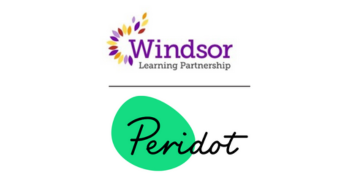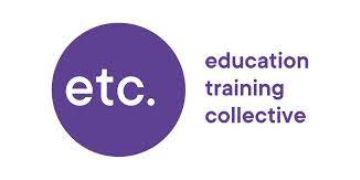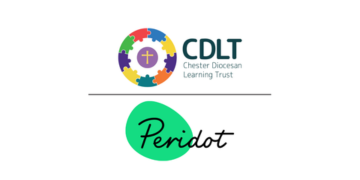English is not always an easy language to grasp, not least because many words have multiple meanings. Take run as an example. You can run a tap, run a marathon or run a service. In fact, according to the Oxford English Dictionary there are 645 different meanings for the verb form alone.
Imagine then how daunting it is for pupils whose first language is not English to arrive in the UK and start a new school without knowing which words apply in what circumstances. For 19 per cent of students in our primary schools, including 10,000 Ukrainian children, this is their reality.
Providing the right support from the get-go is essential so children feel included and have the confidence to become independent, valued members of the school. To achieve this, schools need strategies that make the best use of staff time and budgets to create enabling environments, and we’ve had to be resourceful in finding ways in-house to maximise support for our EAL and Ukrainian pupils.
Creating an environment where it’s the norm, rather than the exception, for everyone to see and learn about different languages is the bedrock of our approach. Our school corridors and classrooms are emblazoned with dual-language displays of topics, trips, and projects.
But we recognise that with 21 different languages spoken, targeted support is key. Without a full grasp of English, deciphering both written and verbal instructions is challenging and this impacts on how EAL students engage with tasks.
For refugee children, the frustration of not understanding what is going on in class only adds to the stress they have already faced leaving the homes they know and love suddenly because of conflict or persecution.
For the past year, we’ve been advocates of using a symbols-based language system as a stepping stone to help EAL children develop written and spoken English. The simple icons and images used in symbols to represent vocabulary remove the frustration many EAL children feel in their first weeks and months in an unfamiliar English-language school.
Created originally to support children with special educational needs, symbols have become essential for building vocabulary and developing literacy across the school. What works for SEN children generally works for all children.
Our timetables include symbols, like the ones by Widgit, which give EAL and refugee children a visual representation of what’s going on throughout the school day, such as when break time, story time and home time are happening.
Symbols help children communicate in other ways too – enabling them to express sadness or fear and even that they need the toilet by pointing to the relevant display in a classroom from day one.
Our teachers use symbols to give feedback, which can be as simple or as complex as any other language with verbs, adjectives, nouns and all the essentials required to aid understanding. I have a bright Ukrainian pupil in my class I wanted to give constructive feedback to, but the language barrier made it difficult for him to understand exactly what was required to move his learning forward.
Using symbols helped me explain in a visual way how to build his understanding of the topics and he can now work independently.
I also pre-teach words and phrases to introduce new topics before a forthcoming lesson using symbols. So, I might show that daffodils are a sign of spring or expose my EAL pupils to relevant language related to a topic in advance. A phrase like ‘woolly mammoths roamed’ is a lot easier to explain, and be understood, if it’s accompanied by related imagery. It means that even if a child can’t read or they have limited language development, they can still contribute by pointing to the symbols and they feel valued and engaged.
This reinforcement of vocabulary helps support the whole class, reduces anxiety and importantly empowers our EAL pupils to work independently which is integral to the learning process.











Your thoughts